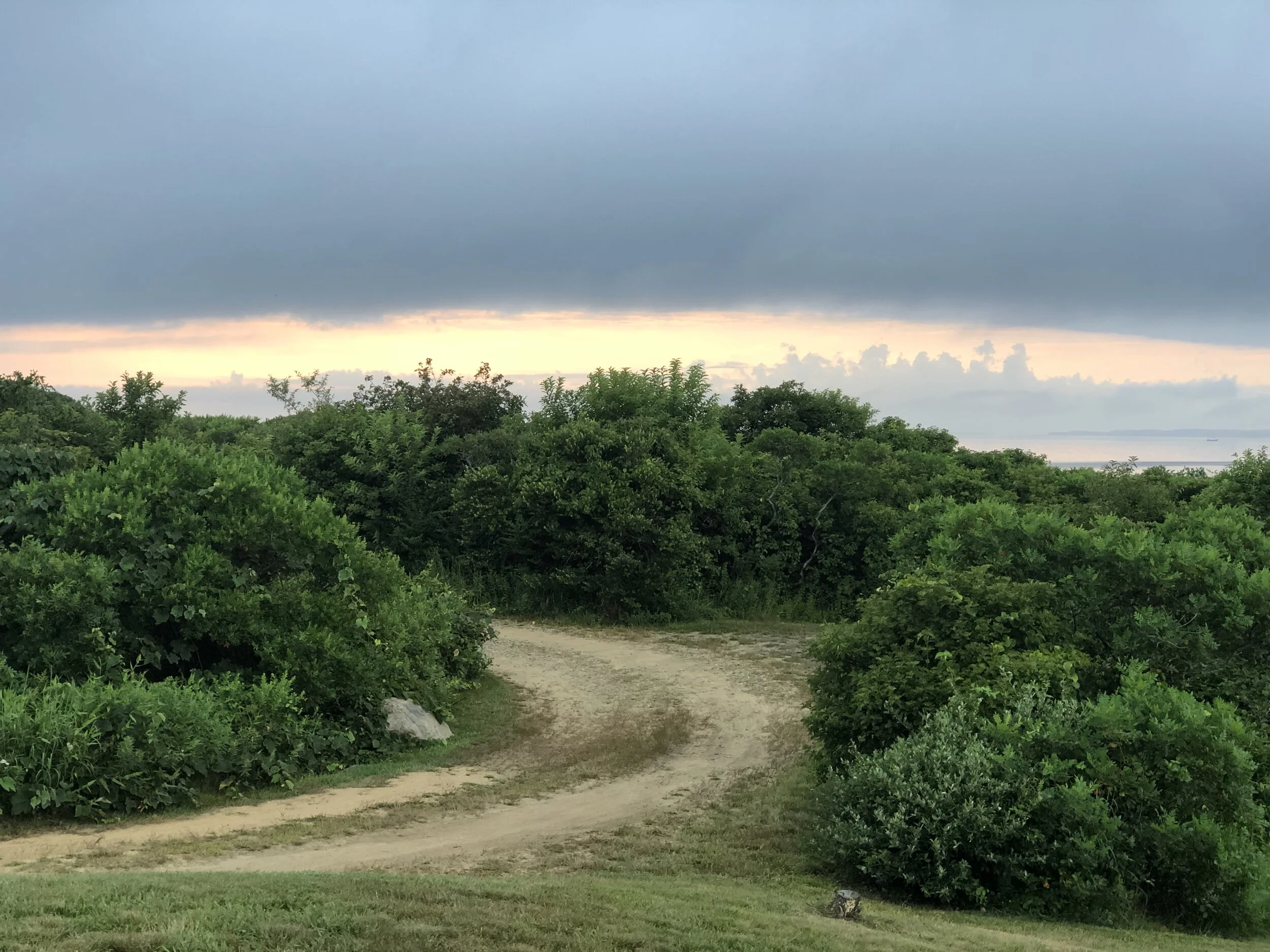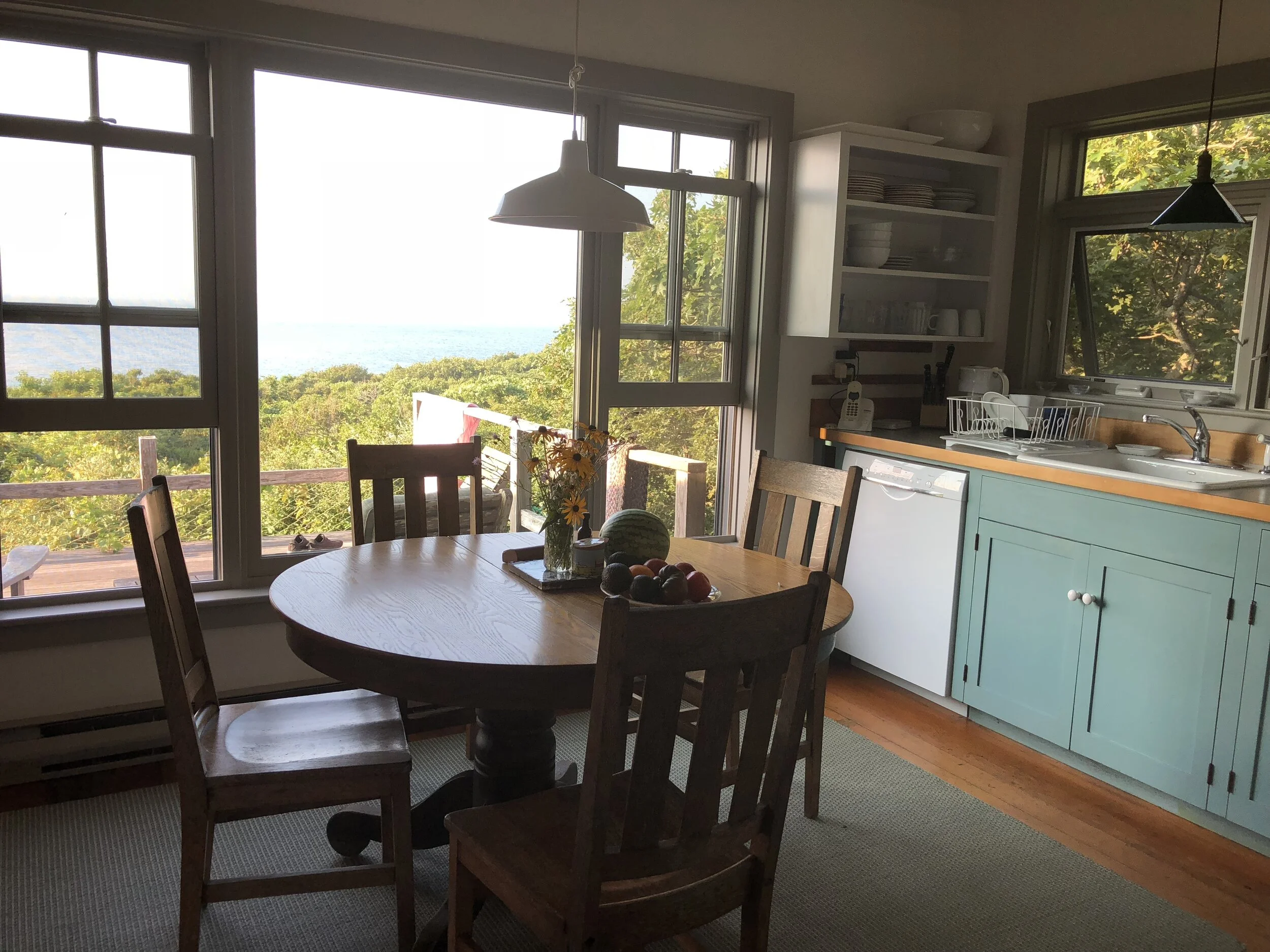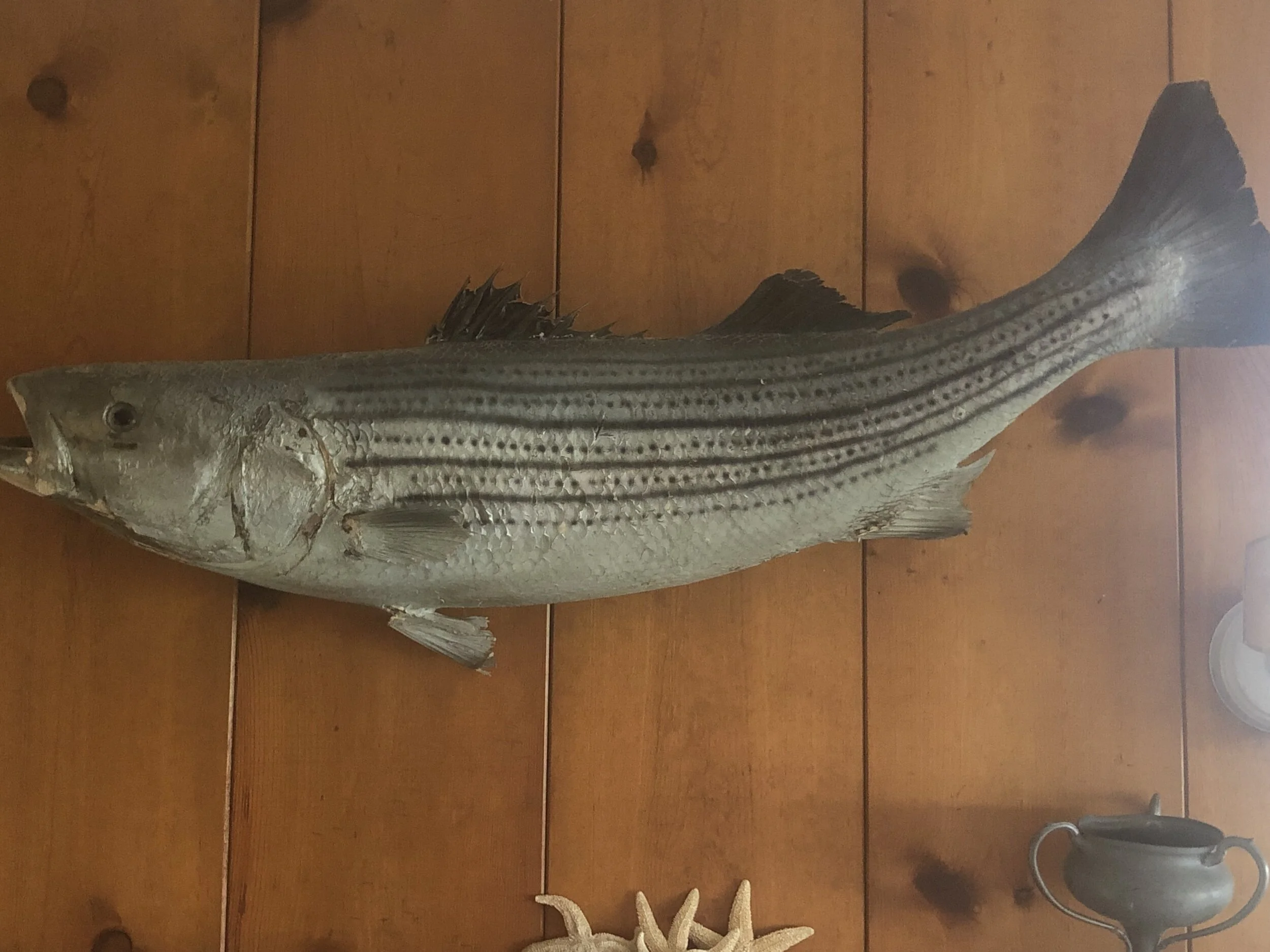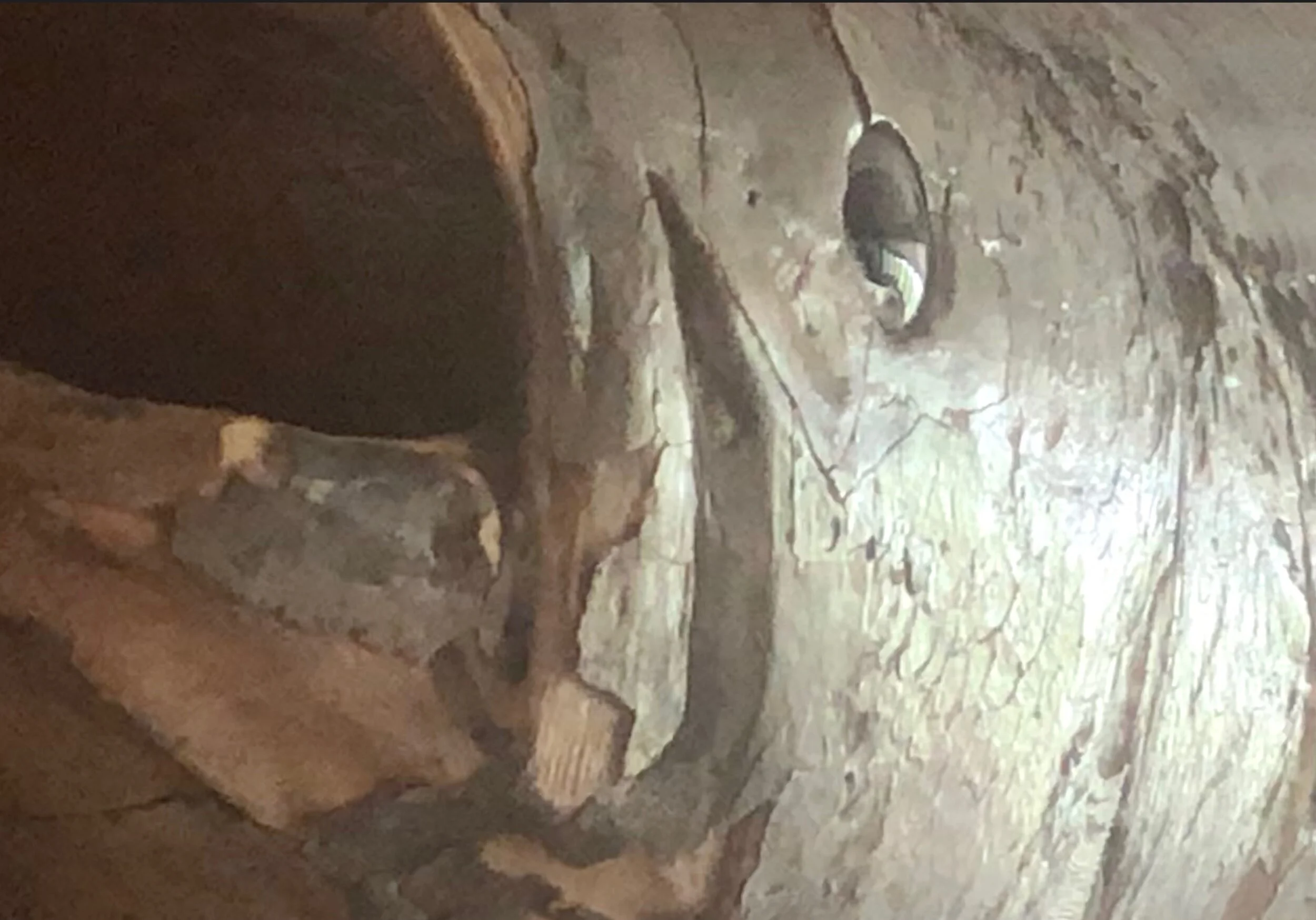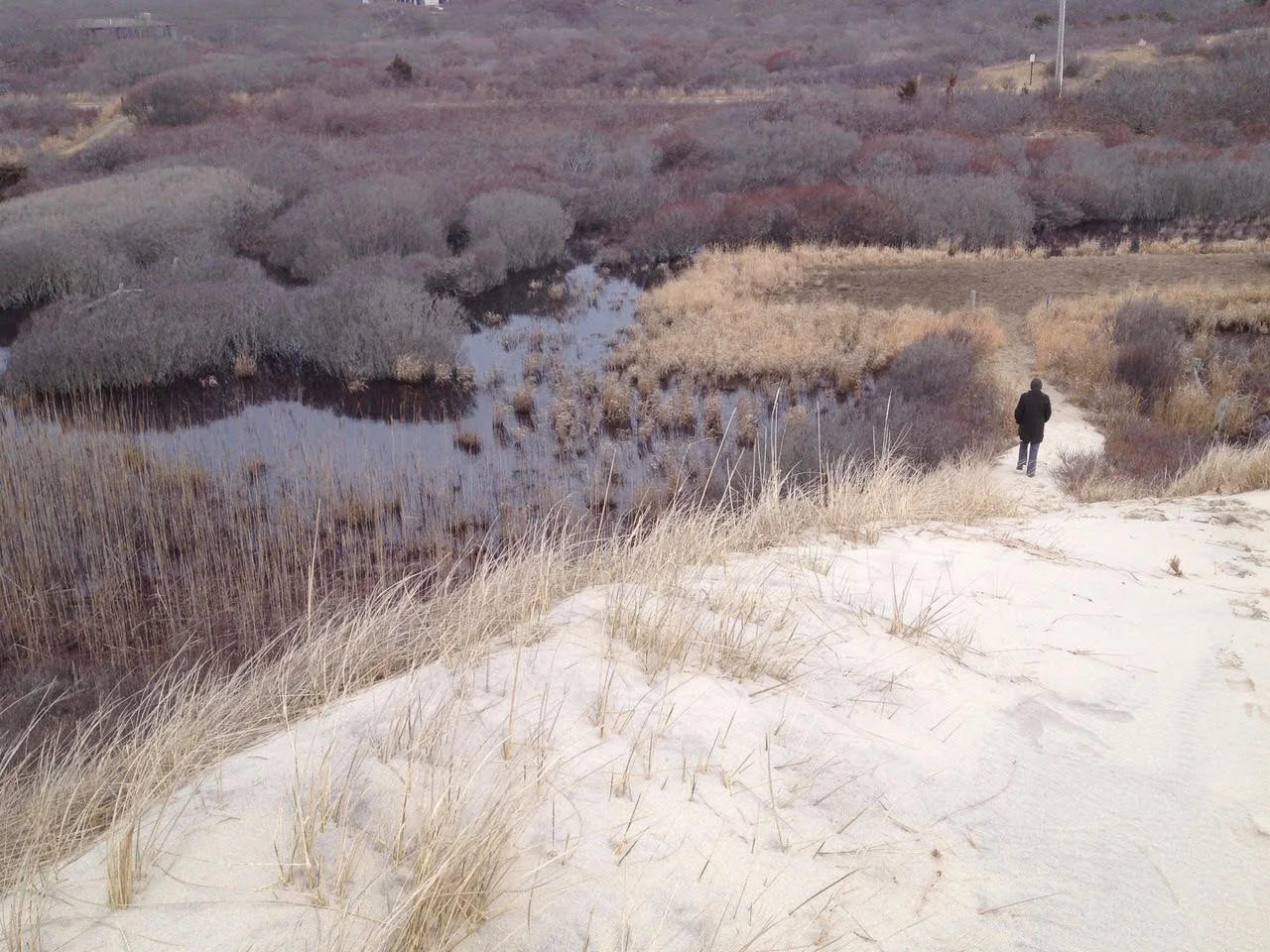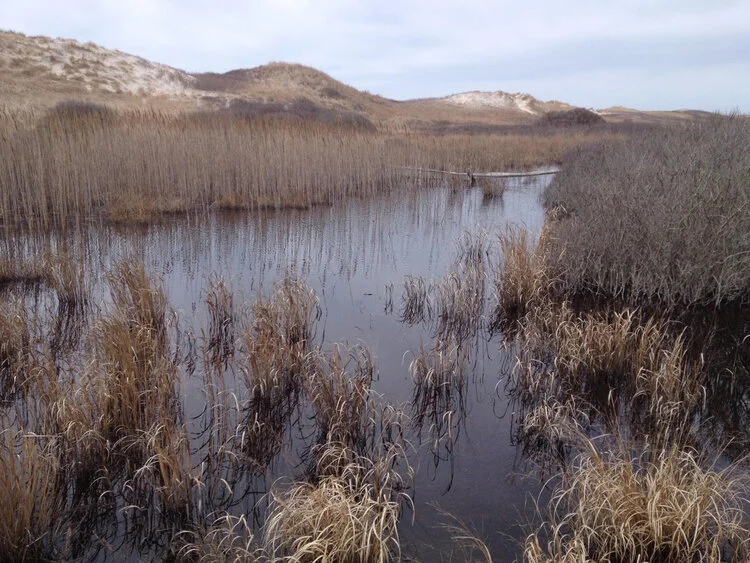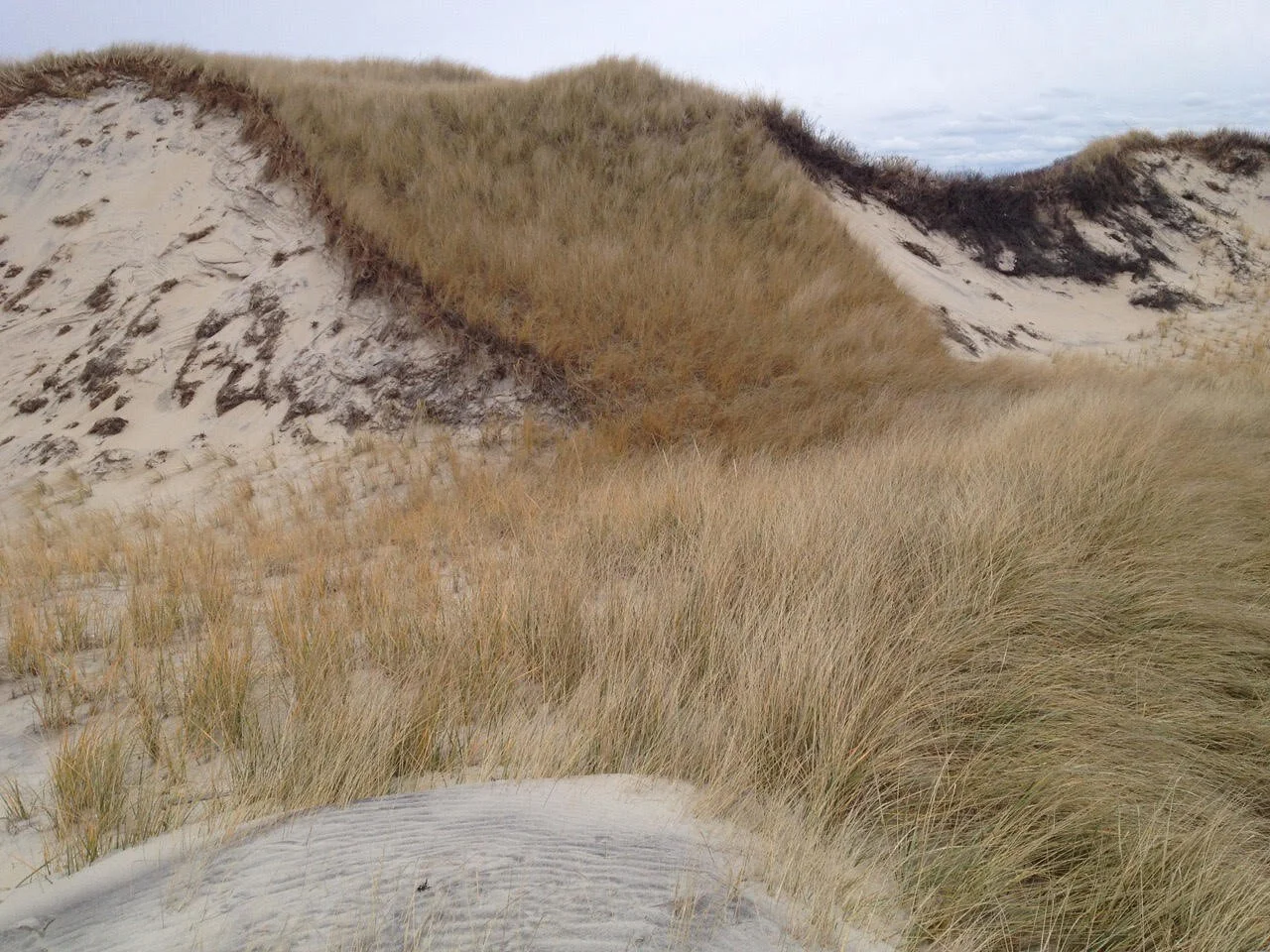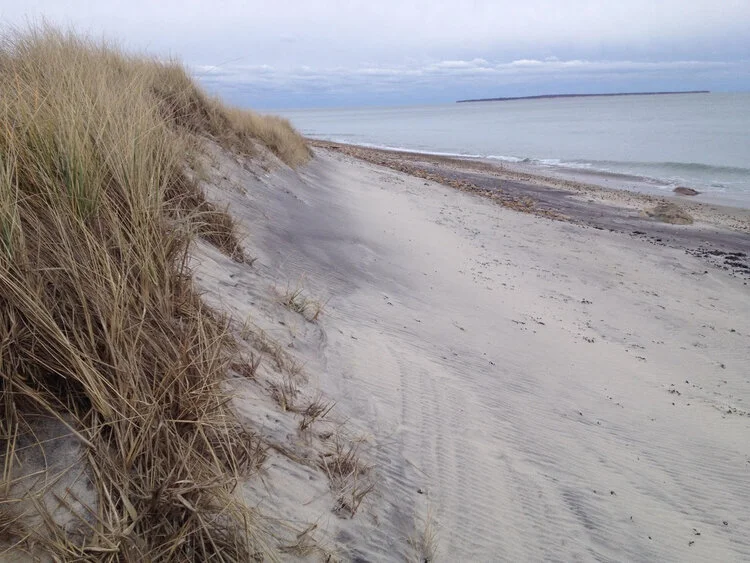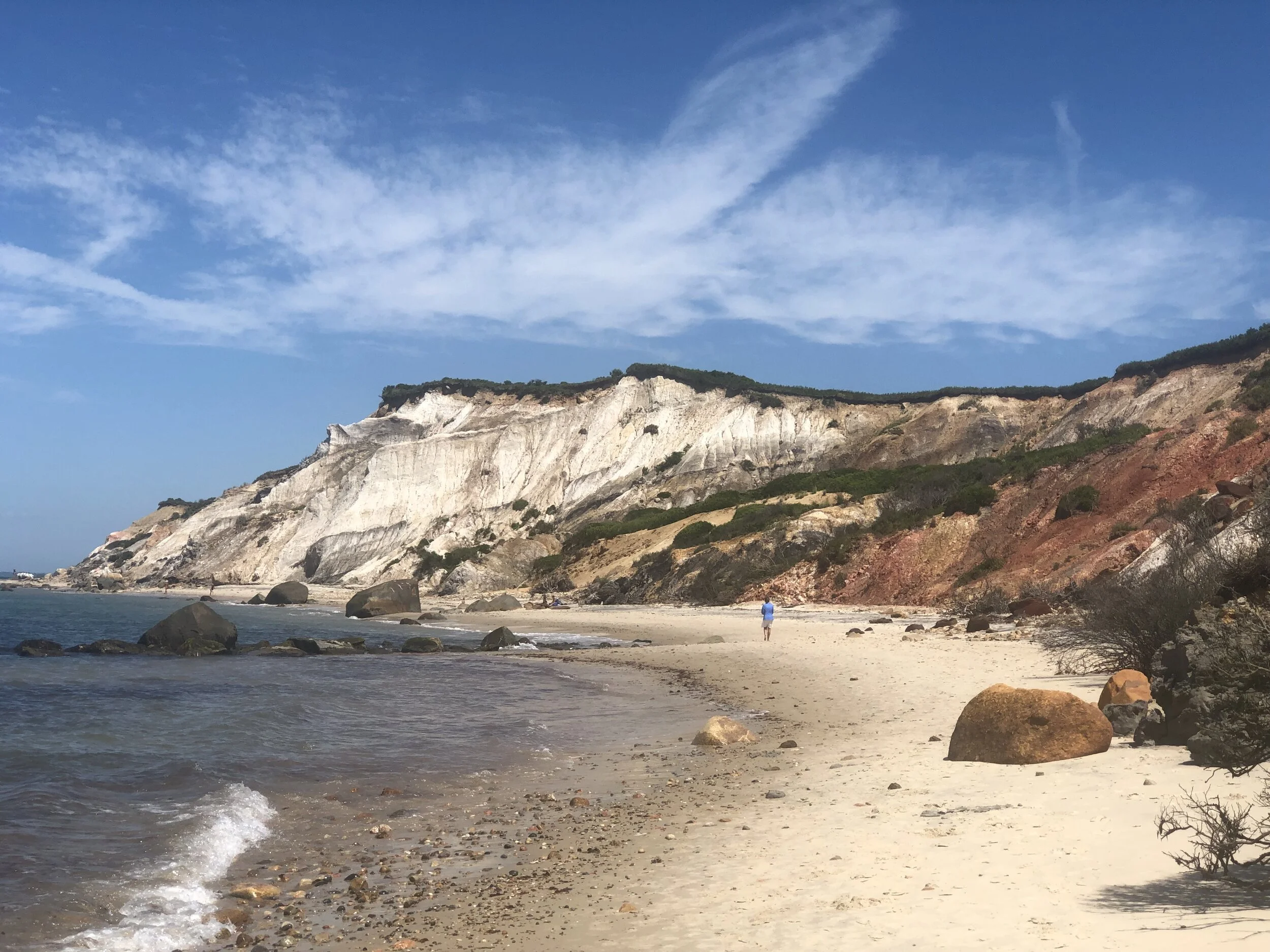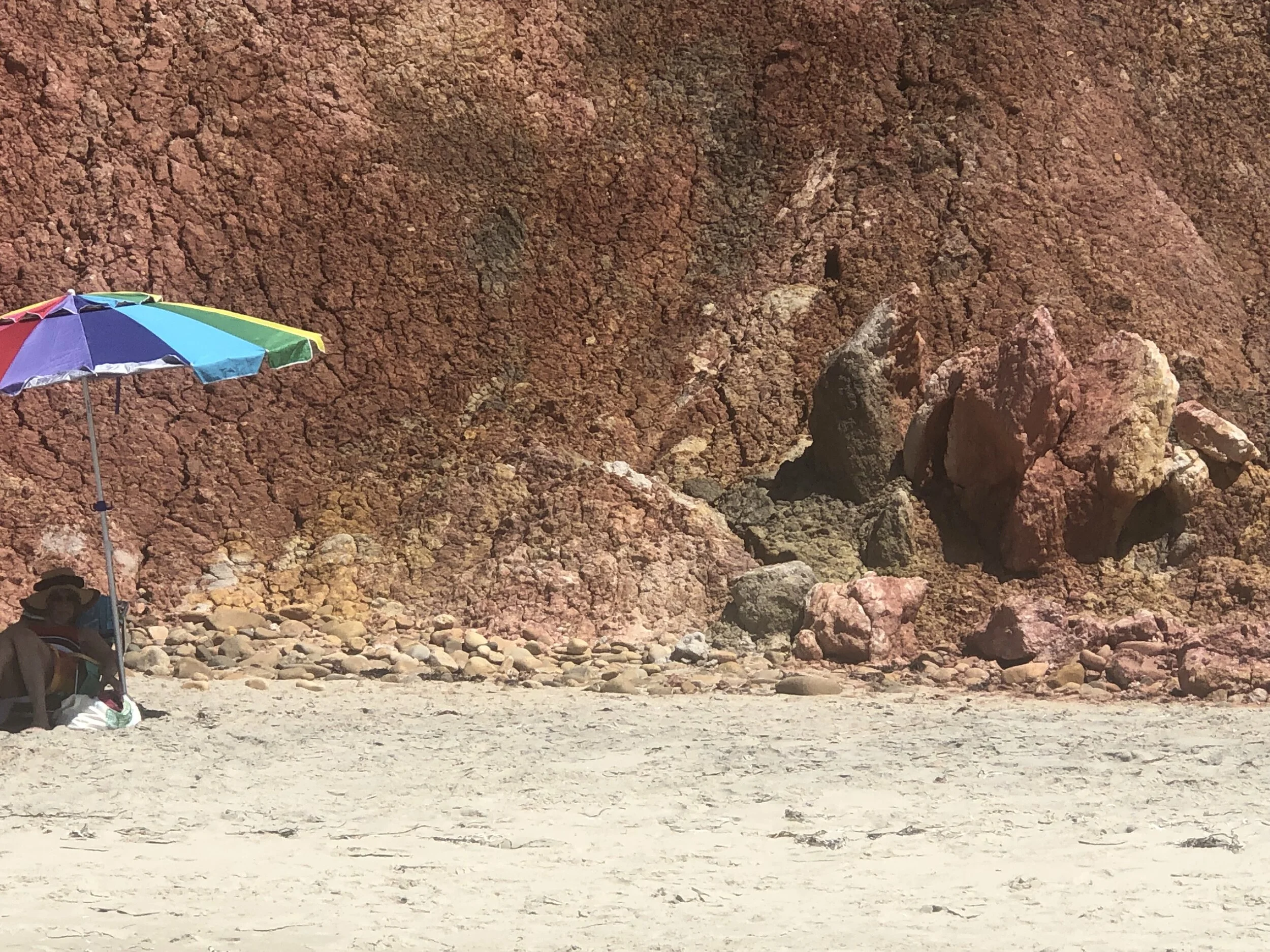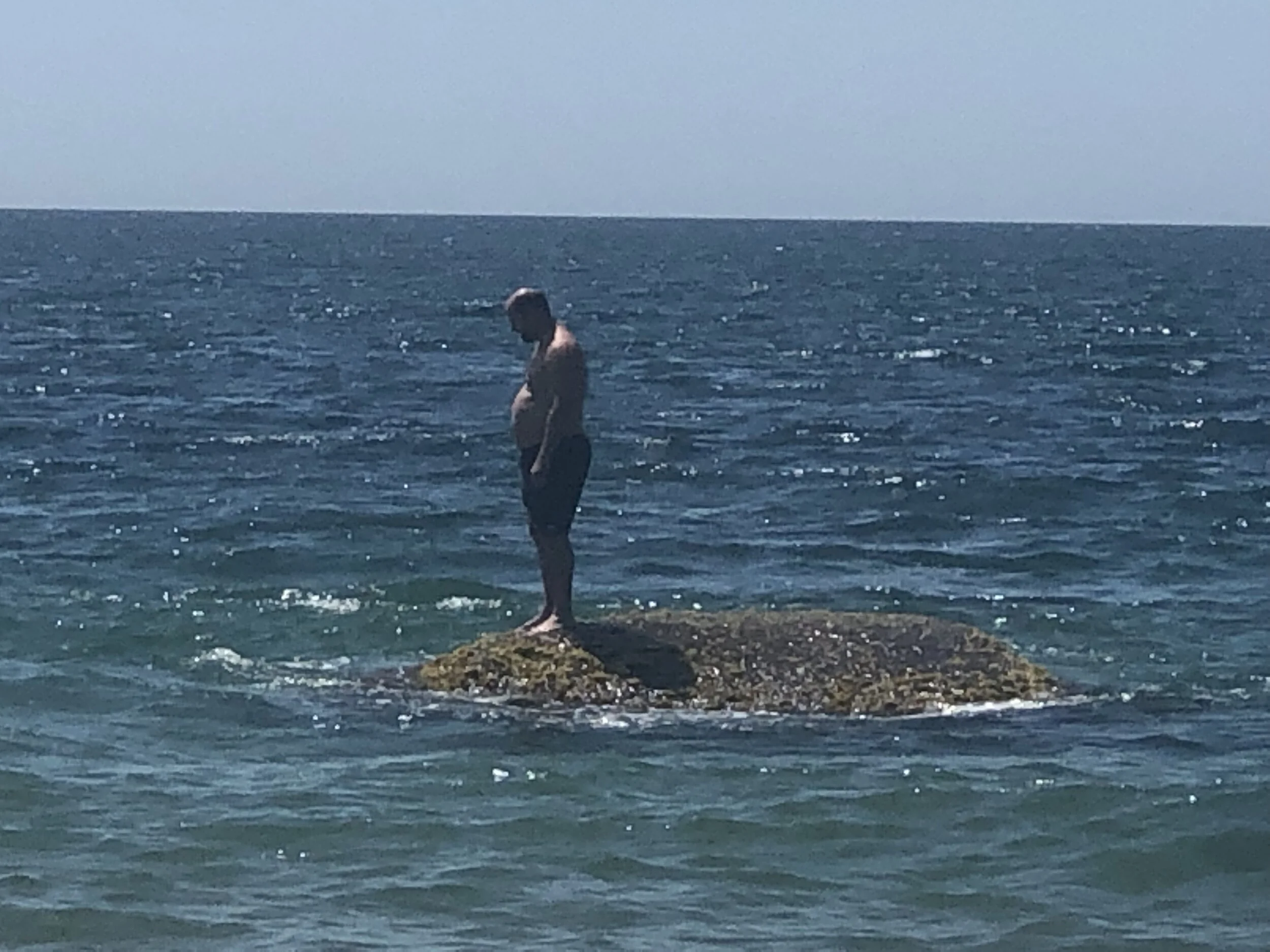
“The World”
LOS ANGELES
that Glare
that
The time is now. But time is strange.
8 hours on the 405
The time you forgot, becomes all you have. Rush hour is anything but. Other things happen unexpectedly. An instant becomes forever.
The door. It was ajar
did you notice?
It’s hard to see. LA is bright. But
hehe’s in the
He’s in the kitchen
Are you where you think you are? This is the hall to the Living Room. This is the Living Room. You saw the Kitchen, and the Yard. This is real. This is where we will shoot. These are our LOCATIONS.
Looks normal.
But.
Are you sure?
MARTHA’S VINEYARD
The Husband and Wife get on the road. It’s easy for them to get lost. The signs are not clear. They were only here once. A long time ago.
Our LOCATIONS are in Martha’s Vineyard, because we are lucky enough that our friends are letting us their house. The idea for this movie occurred in the house, and all the locations in the film were written for it, and the places just outside. It is beautiful, beautiful beyond imagination, because it is real. It forces you to struggle with real rather than imagined beauty, which is what the couple must do to stay together. It feels safe, timeless - yet every feeling inside you is right outside the window. You will see. There will be storms. When the sky is blue, you can be lost, and not know it.
This is my friend Chris’s car. When the Husband and Wife get lost, they will be in a similar car.
In reality, I got lost in this car, on the way to the house, and got so scared I got out of the car and took a picture to see where I was. This is the picture. The problem with the picture is that it does not tell you where you are, only that you are lost.
Parts of the film are like this.
Navigation systems don’t always work. You are dependent on what other people tell you, whether or not you understand them, and if anything they say is true. This is a problem for the couple, because it is a problem for the mind, especially in infancy before you even know you have a mind. But you do. The birth of the mind is at the core of this story, and the feelings and confusions that earn it. In infancy, mental birth is so terrifying it becomes lost to us. If we seek it, the search comes with loss, separation, and feelings we cannot name. Storms.
Chris’s car was a station wagon, like my mom drove to the Jersey shore when I was a kid. Chris’s car was very old, crammed with stuff, rusted straight through the bottom, and terrifying because you could see the road going by under your feet. This reminded me that I was always scared someone was hiding in the back of my mom’s car, in the way way back where you can’t see when stuff’s piled up and you’re much more concerned with staying on the road and not getting lost in the woods and dying in the dark.
When then the Husband and Wife get to the cottage, it’s a relief.
Because, look! Isn’t it a lovely cottage? A place where nothing can go wrong. Neutral.
Actually, it’s a Cape Cod fishing shack from the way way back. There are not many left, but in my mind there are lots of them. My friends bought it in the 70’s, when it was just one room, and later they put in the addition, a septic tank, and a clothes line. It has a phone line, which gets static and not much else. There is no cell reception when it’s windy, and it’s almost always windy. It’s the kind of place you remember being without ever having been there. Very quiet, with no other houses around. The internet works but not at night. It stands alone without feeling lonely, which is a good reminder. You can see the ocean from every window, though it looks much farther away than it actually is.
Parts of the movie are like that.
For example, it doesn’t matter that its Martha’s Vineyard, ok? That’s not a thing in the movie. The name of the place. Rather, it will feel like you’re driving up the coast from LA, just past the palm trees where the hills start to roll and the trees thicken, far enough from the city that everything feels weirdly like your past and then you get to this place and it feels familiar. Like even though you’ve never been there, you never left.
As you can see, the Woods are right outside the Kitchen. The Ocean is a 2 minute walk down a magical Path. In the daytime I swear there is no more vivid and peaceful place. A place that can hold you, and the things you’ve forgotten.
It’s also a place where all our Locations are within walking distance, a place where we do not need permits, because it is privately owned by my friends, even the beach and the path, not because they are zillionaires, but because it was a fishing cottage and the beach and the path came with the deed, which goes back to the 1800’s.
Thank you, generous friends.
Let’s enjoy the house, shall we?
Here is the Living Room. Humble, with windows all around and a beautiful green painted floor. The movie deals with projections, reflections, and how we see, so the windows are important to the image making. They are old. Some open. Some do not. Some are stuck.
Parts of the character’s minds are like this.
Last summer, I went to the cottage after writing the film and there was a terrible storm. The lightning struck all around the house, and it was shocking to see how powerful the light was. Every leaf on every tree, every blade of grass and insect was illuminated more brightly than by a high noon sun. Without glare.
Lightning gives unexpected clarity in the darkness.
I understood then, that lightning bolts of truth in the Bible, myths and the movie are not metaphor. The force and clarity of lightning is exactly how the mind feels when truth strikes. I realized this because that night, the power of lightning was not metaphor, but a literal thing I could see, shaking with terror, which is also not metaphor, because it was a truly terrible storm at 3 in the morning, the power and phones were out, just like in the movie, the lightning was striking all around the house, just like in the movie, I was on my knees with fear just like in the movie, and I was shooting it on my iphone which is not in the movie but is at the top of page 4 of this website.
That night, I found myself in reality, looking at the story, which is exactly the point of the story.
How do we love who we love? How do we love ourselves? When lightning strikes our relationships. what gets illuminated? How do we endure? When we want to love more deeply than we are, or think we can, primitive anxieties must be met.
Parts of the movie are like this.
The Stranger is with you, in the darkness. The Stranger is reason you wake up, walk into the storm, eyes open and afraid.
And speaking of weather, the script has a lot, but don’t worry if it doesn’t storm when we shoot. We’re not budgeting for big lights and rain machines, because it’s a micro budget and the storm’s not as important as the feeling it brings.
Before we leave the house, I would like to briefly point out the fish.
There’s a story about a fish in the Bible too. The one about the whale.
Let’s go outside.
At night, the Yard is pitch black and spooky and beautiful.
In the movie, there will be adventures in the dark, and things you can only see in the dark, like lightning, which is invisible in the day.
This tricky mystery is part of the visual style, exploring the relationship between the psychic tension in the mind, the physical tension of the elements and the expressive tension of the body. For me, nature is not a backdrop, it is the thing itself. The veil is thin between the inner and the outer and we rarely know which side we’re on.
The word tension is not used here to imply dramatic conflict, but rather, aliveness. The vivid beauty of real human feeling is often damned, or shown in a punishing cinematic light. But to me, what is beautiful is what is real. This is crucial to the visual and performative style of the film. Over many years, I have developed an artistic process, (known as The Technique), which invites a raw, physical and subtle beauty into the filmmaking. This process has been core to all of the films and tv shows I’ve worked on, and it’s core to Silenc e. You can read more about it on the upcoming pages, if you like.
When we make up stories at night, it is to help us see in the dark. This is the story of Silenc e.
Meanwhile, the tree.
This is a tree on the edge of domestication, which still retains its sensuality, mystery and primitive leanings.
The tone of the movie is like this.
The characters are just ordinary enough to have their foot in the void.
The path.
Where does it go? Is it fairytale or horror? Threshold to the magic of our dreams or entrance to the giant’s lair?
When we encounter the primitive beauty of our most buried feelings, it’s hard to tell. Strangers to this primal land, we begin to see things.
This the supernatural Realm of the Real.
Otherwise known as the Path to the Beach.
Many times I’ve started down this path at twilight and turned back. Why? It’s Martha’s Vineyard. There’s no bears. The most you will see is an occasional deer, or bats. But it’s a good time to mention that these are the actual woods C.S. Lewis walked when he wrote The Tales of Narnia.
When Chris loaned me his car, it’s because, as a fourth generation farmer there, he wanted me to know the real Vineyard. The farms, the rough beauty and fertile magic of the place where the English settlers first landed, took over the Indians, the country, the oceans and the whales pretty much immediately. The cottage is in a remote area, on Wampanoag land, right on the cliffs where their storyteller creator, the giant Moshup, lives. Or lived. The Wampanoags don’t know if Moshup and his wife disappeared deep inside the cliffs to hide, or if they just, left. I don’t know. But when I come here to write, the night is my pen.
People think Martha’s Vineyard is all movie stars and democrats, but it’s more potent than that, more harsh and lush and spirited. Souls don’t feel buried here, like ghosts. It doesn’t feel haunted, but you do feel a thick sort of communion with humanness. The soul speak is in the wind and the trees bodies, which are not much taller than human bodies. It is hard to describe, but there is an aliveness roaming, a fertility. Especially in the summer and fall, when we will shoot, while it is still warm, and green.
This is in Winter, which is not warm and green, but it is a Location and the beginning of an astoundingly beautiful series of Locations that we are lucky enough to have secured. I will show them to you next, and let them speak for themselves.
As you look, there is one Location I cannot show you, because it is yours. It is a Location called Memory, and that is part of the film, but I want us to remember the things that happen before we can technically remember. The feelings we have before we can think. The feelings that cause us to think. The feeling of darkness the first time our creator is gone, mom, and we don’t know where she is, mommy, and we feel very lost, and scared, MOM!, are we alive or dead or lost, MOM! MOMMY! , do we want to kill or be killed? MOMMYMOMMMOMMY!!! were we swallowed by a whale?? MOM!- —- or are we just suddenly alone, awake to the darkness, before we know what darkness is.
The first separation from mother is the first bolt of lightning. In a terrifying flash the mind is born. Now there is a space. Space between. This is the Stranger. This is the Silenc e.
Separation and the inner storms that come with must be felt in order to think, and in order to love. Our couple’s chance encounter with a silent Stranger leads to a dissolving and a calling to be. A horror movie, a suspense drama. a bloodletting and an awakening. It is the realest love story we can ever know, yet the knowing is brief, and the vulnerability lasting.
Right now in the world, there is a daily voiced confusion in the media about truth and lies, about our connection to nature and our willful destruction of it. How can this outward confusion be addressed without space and time to feel the inner primitive anxieties that are both bridge and barrier to connection, thinking and loving? This is not an intellectual question, nor is it rhetorical, because, well, as the daughter of the psychopharmacologist who coined the term and developed valium, lithium and other pharmaceuticals for market, I feel compelled to explore and reclaim these numbed and feared inner storms. Yet, like any primal wilderness, feelings cannot be adequately described in words.
Perhaps Silenc e might be a bridge. Perhaps one ordinary night in the elemental unknown might lead to laughter, dread and wonder.
And perhaps, from this precarious vantage point, we might, just for a moment, glimpse the stunning beauty of reality.
Silenc e is inspired by Bergman, Tarkovsky, Strindberg, Pinter, Beckett, Tati, Fellini, Rothko, Bernini, Rodin, DeCarava, Bion, Klein, Reiner and anything ordinary that makes you laugh, and fall more deeply in love with the mystery of living.












